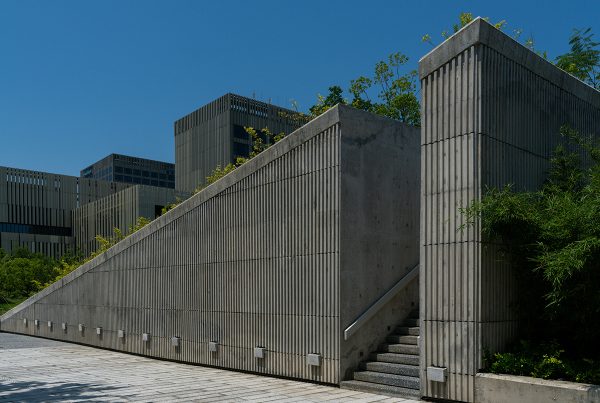It used to be that fashion and sustainability were at odds with each other. Fashion was traditionally expected to be luxurious, extravagant, and spectacular: more or less what the sustainable movement was opposed to. After all, sustainability is, among other things, about frugality, practicality, and responsibility.

Eco fashion that’s literally green: Moss Collar by Tara Baoth Mooney (Image from eccoeco.blogspot.com)
Then in 1995 Marci Zaroff coined the term “eco fashion” and opened everyone’s eyes regarding sustainable fibers.
Eco Fashion Vs Fashion’s Hidden Horrors
Before that, the textile industry operated on a very wasteful premise. It uses as much as 8,000 toxic chemicals to turn raw materials into fabric. Cotton, the most popular fiber, is both water-intensive and pesticide-intensive as a crop. A pair of jeans allegedly uses 1,800 gallons of water. And just to make things worse, fashion labels often failed to verify how their products are sourced and manufactured by their sub-suppliers, considering that child labor is still rampant up to now.
Almost two decades later and things are looking brighter. No longer a buzzword, eco fashion is now embraced more and more by the fashion industry, as well as the public.
Levi’s launched its Water<Less jeans back in 2010. Not to be left out, Nike came out with its own sustainability program in 2012, meant to streamline production, cut down waste, and address that despicable sweatshop issue once and for all. TOMS shoes, with its philantrophic buy-one, give-one business model, is also a good example.
Elsewhere, fashion designers are opting for everything sustainable and organic: from their choice of fibers to the manufacturing process, to shipping, and packaging. And of course, the very space they in which showcase and sell their products: the retail stores.
LEED Retail Spaces
Sustainability isn’t just embraced by the new and upcoming designers determined to make a splash by merging fashion and environment. Even high fashion labels are starting to right their ways, while still doing it in style. Consider Gucci and Chanel, both of which have worked with BEE last year to get LEED certification and ensure maximum sustainability for their respective retail spaces, especially in the Asia-Pacific region.
The best part of course is that consumers are responding positively to this wonderful trend of eco fashion, largely in part due to increased awareness and information about health, well-being, the environment, and social responsibility in general. Beyond just appearing cool with one’s environment friendly fashion choices, there are real benefits to switching to eco fashion.
In this way, the old attributes that have always been tied to fashion—vanity, grandiosity, and wastefulness—are now being replaced by something more responsible and optimistic. Hopefully this won’t be just a passing trend.












